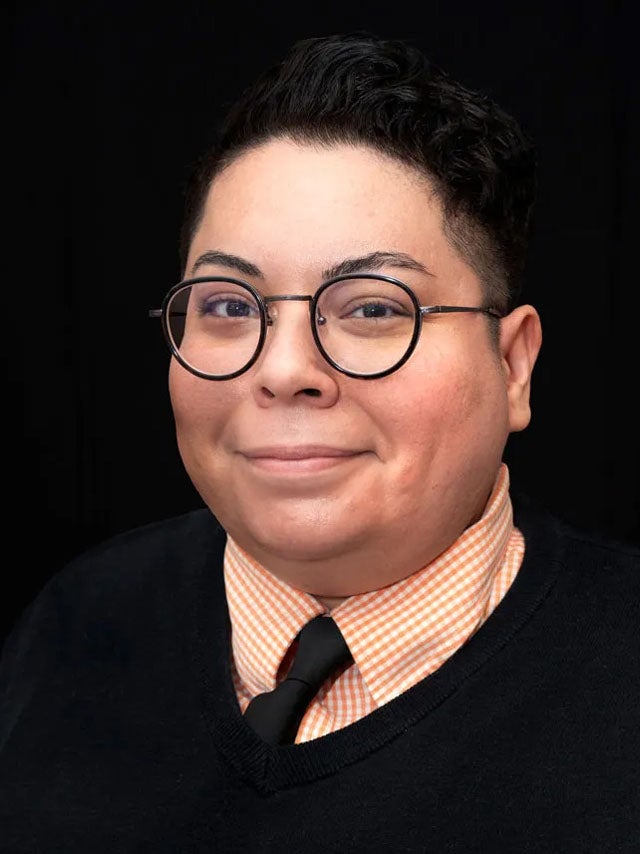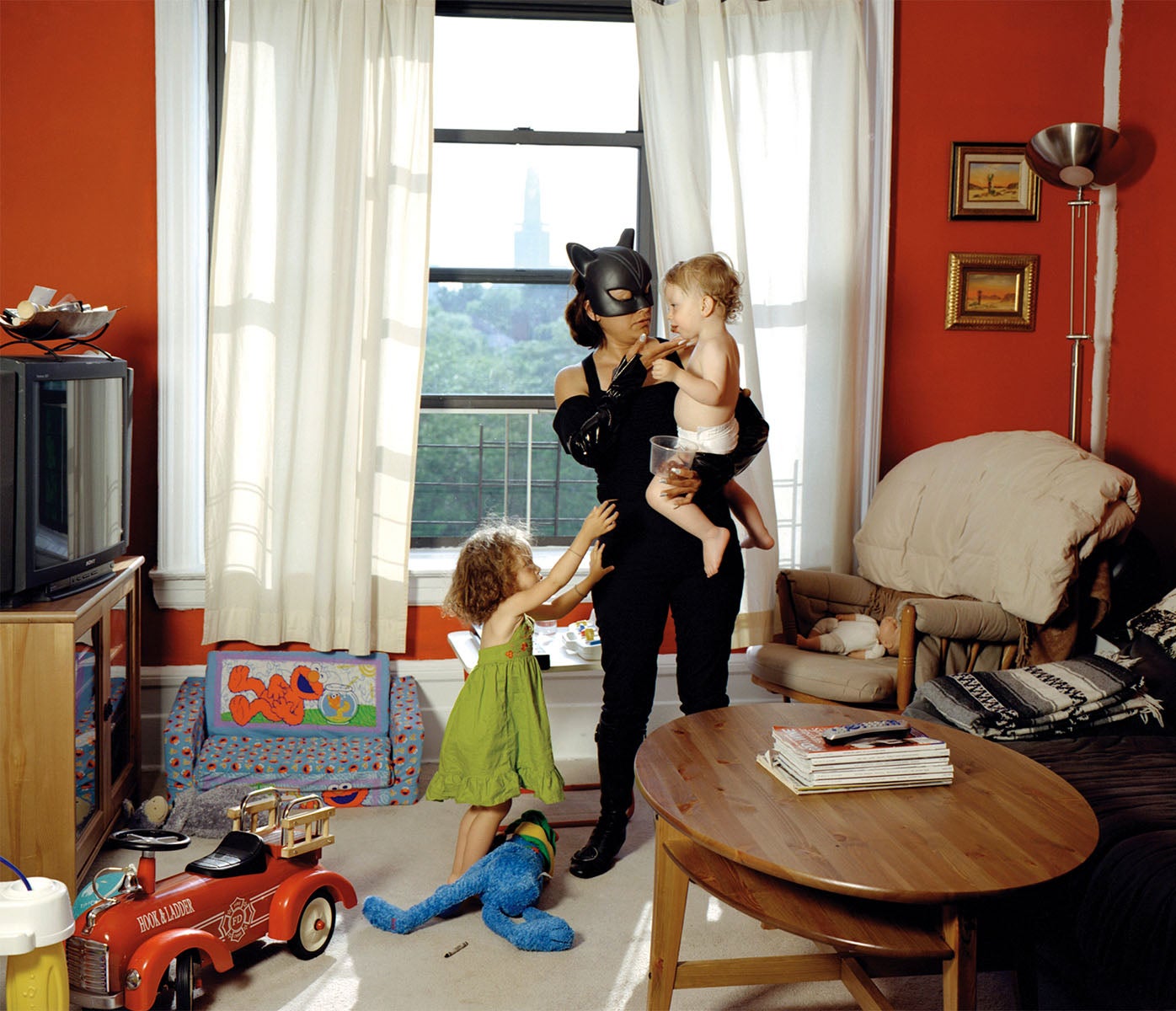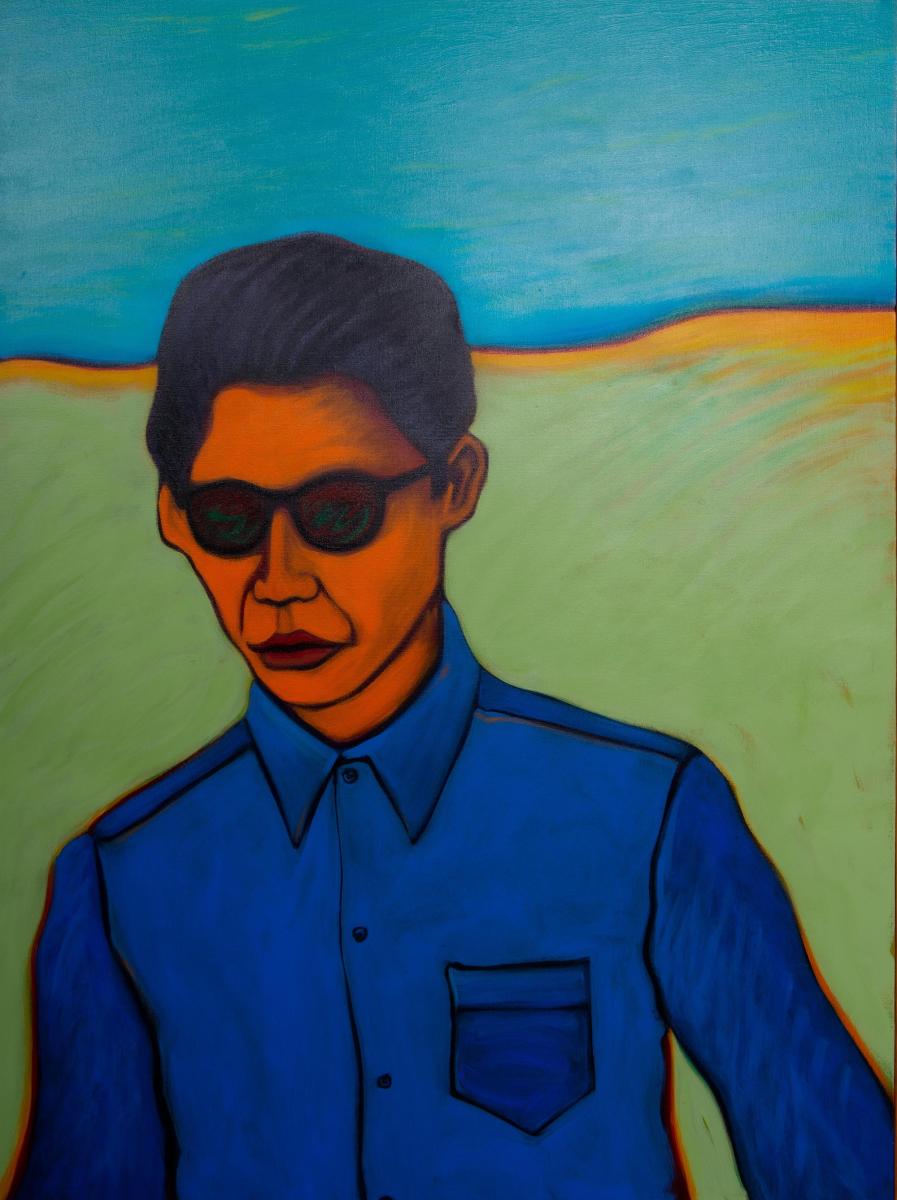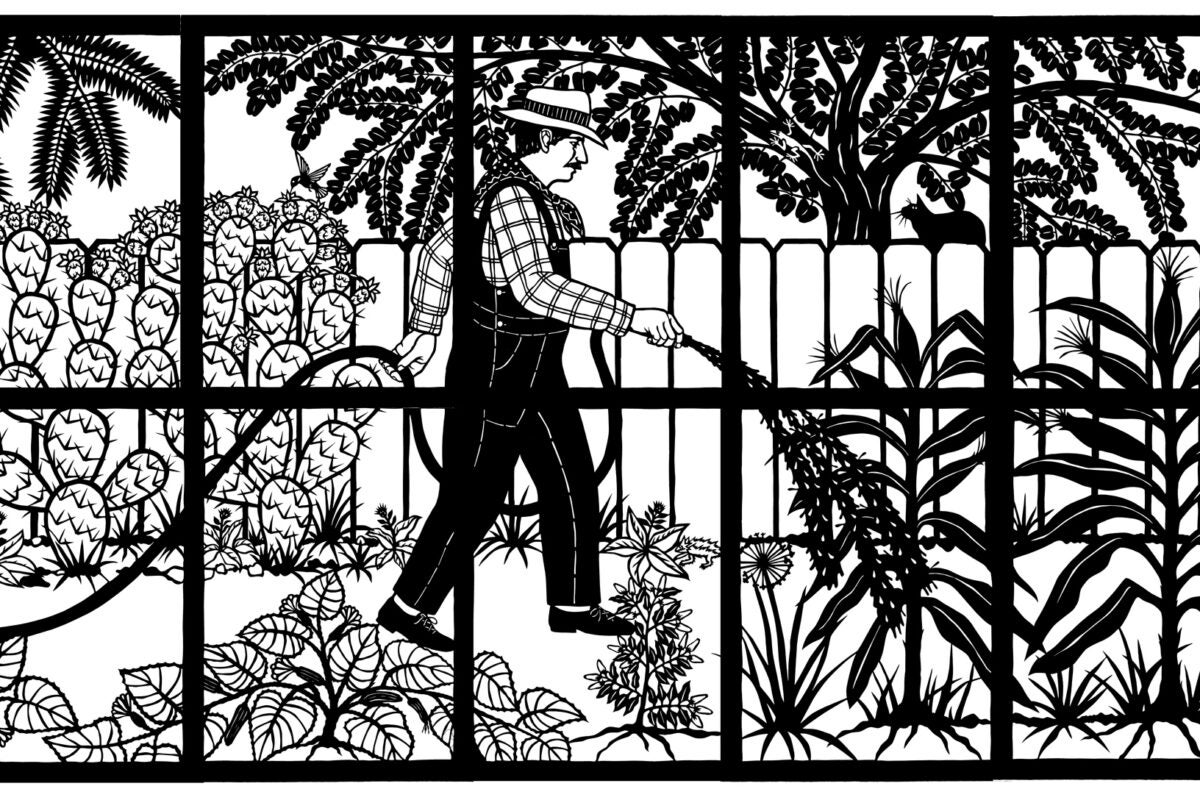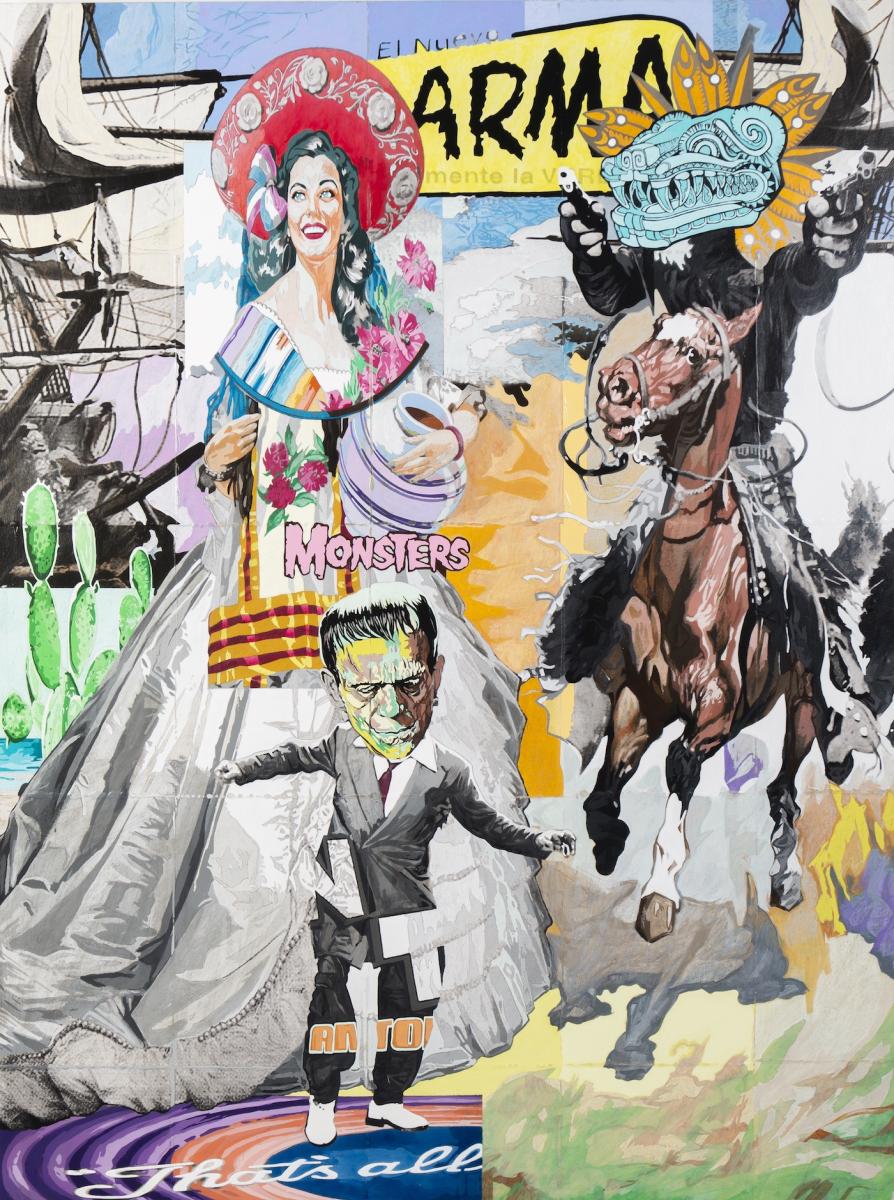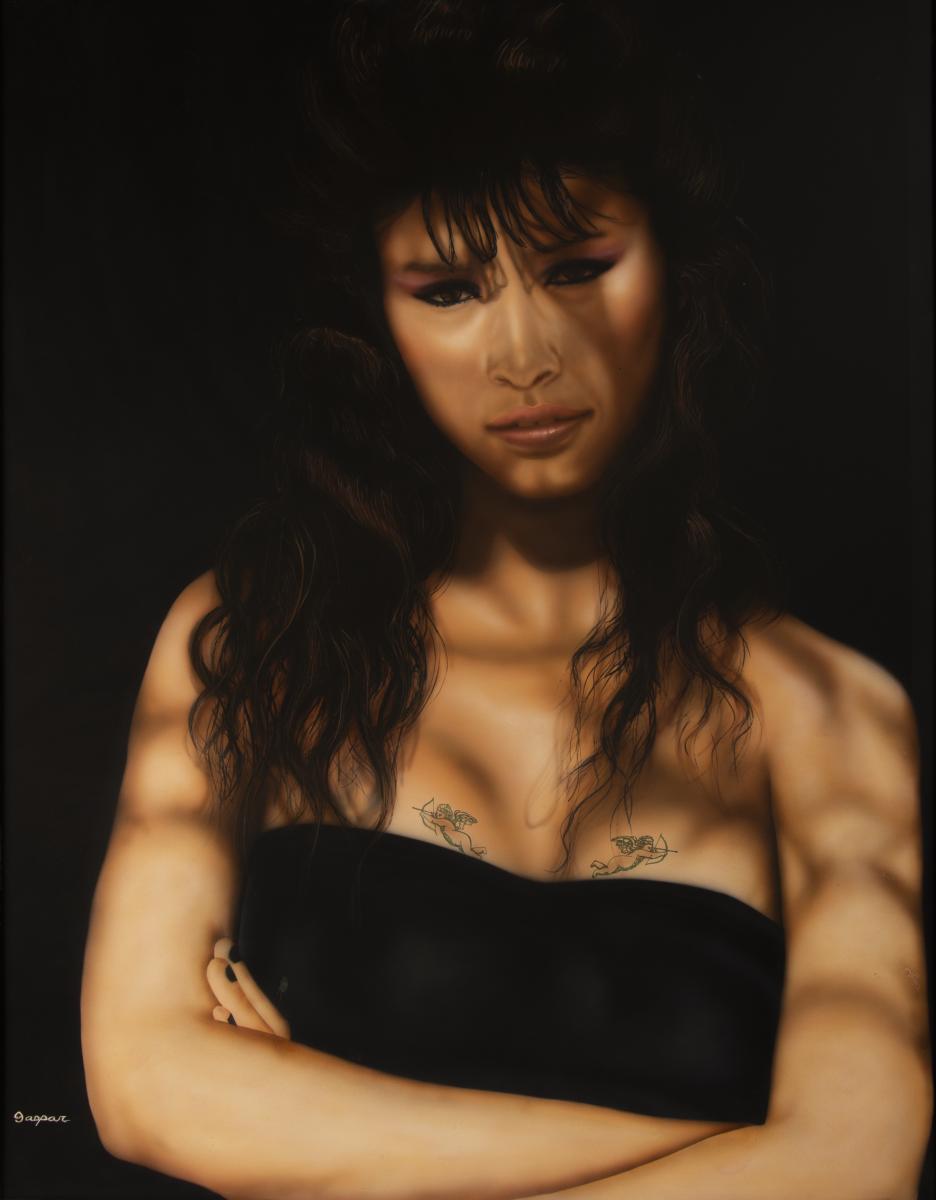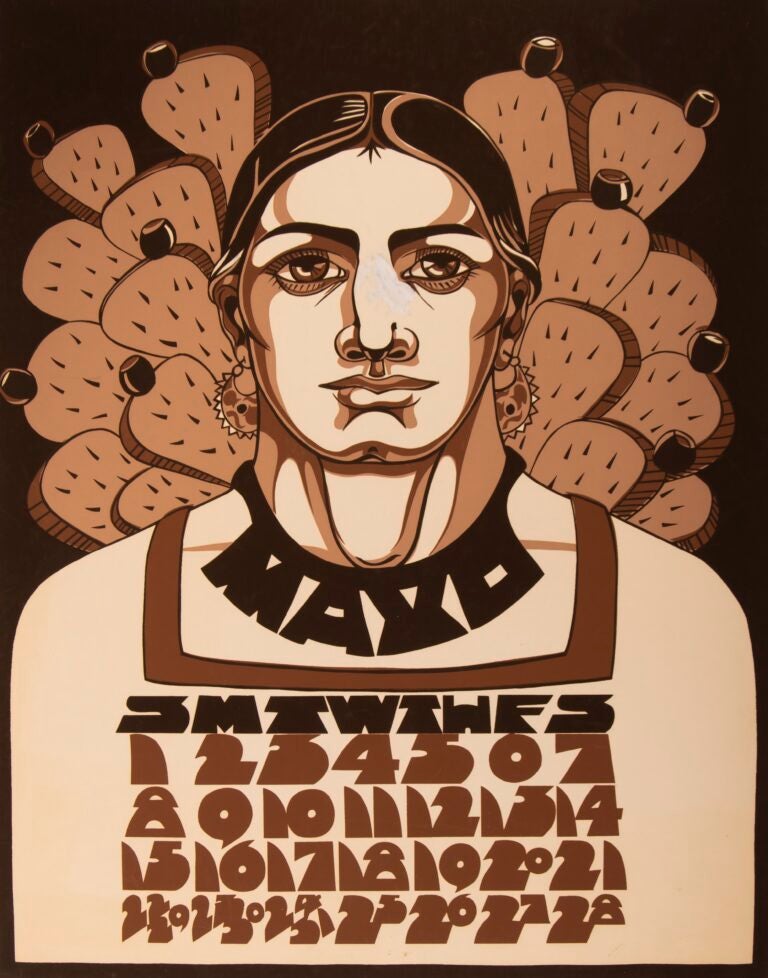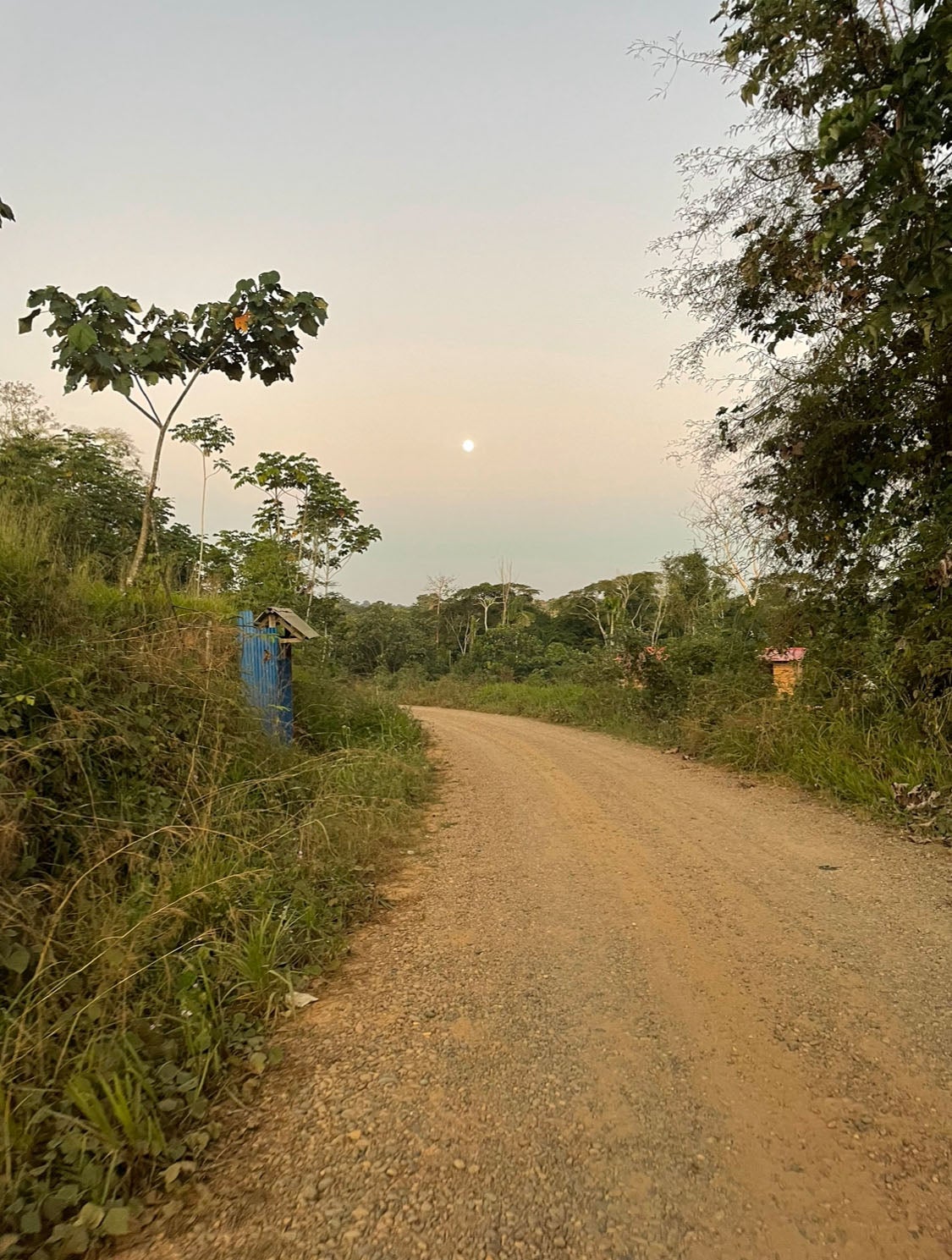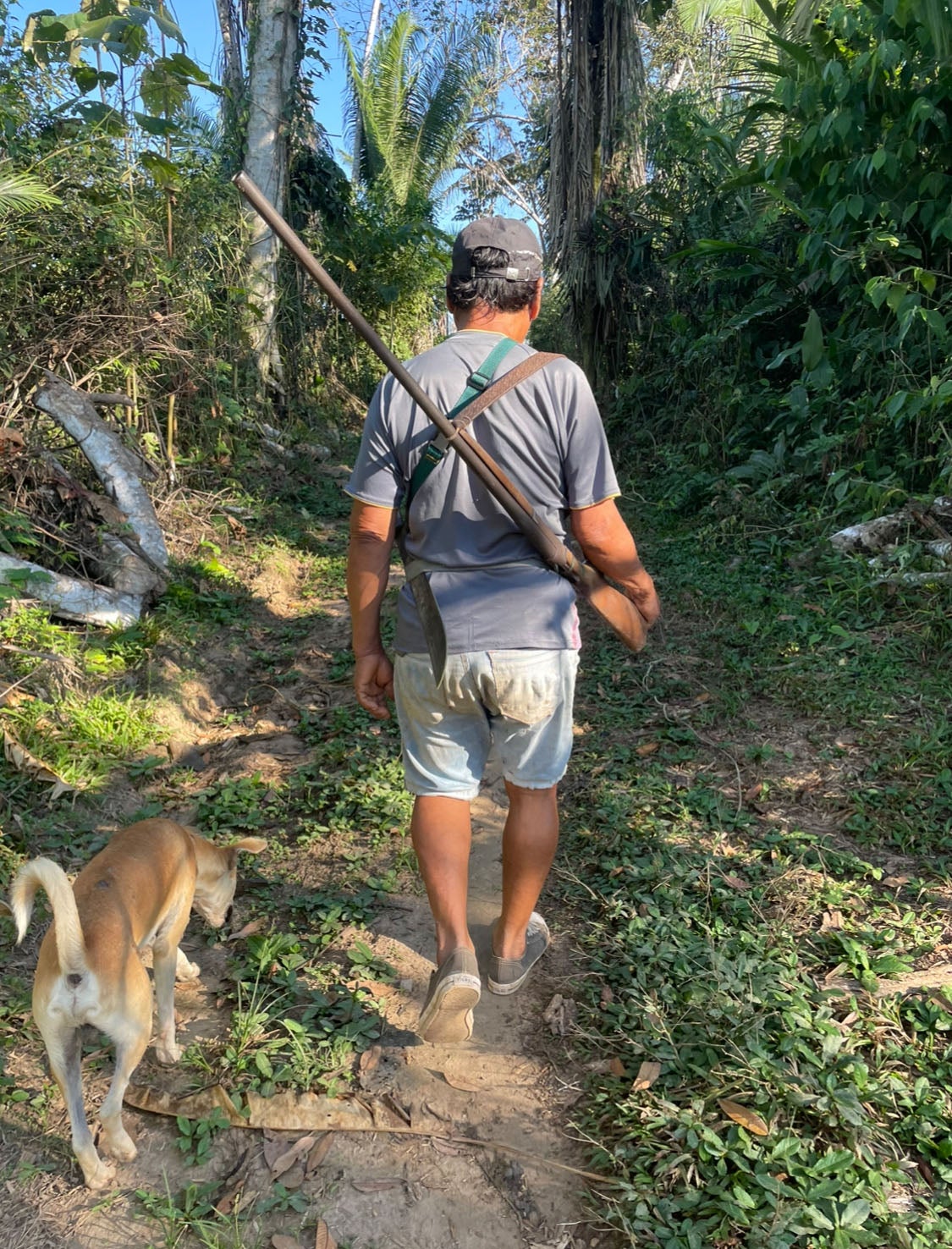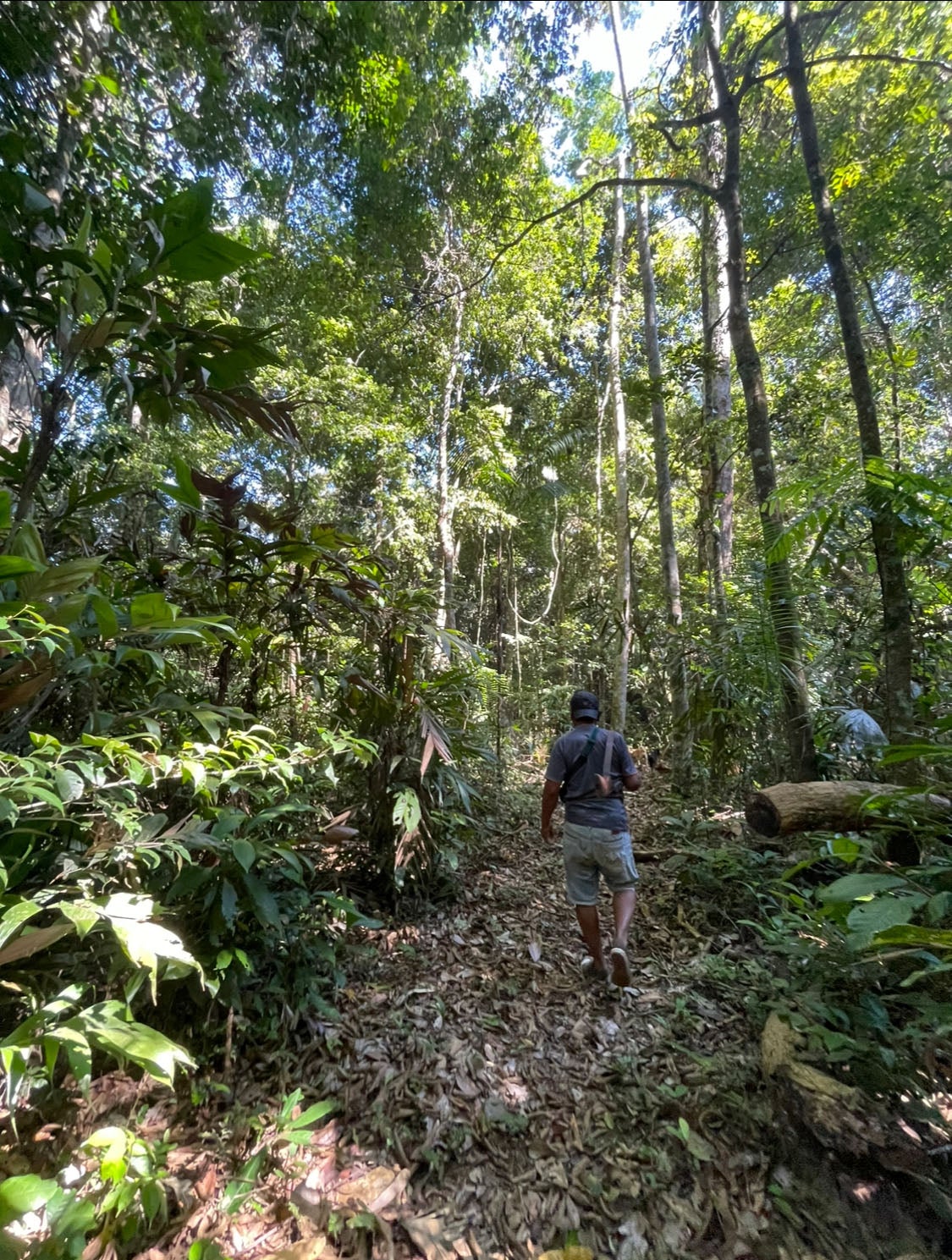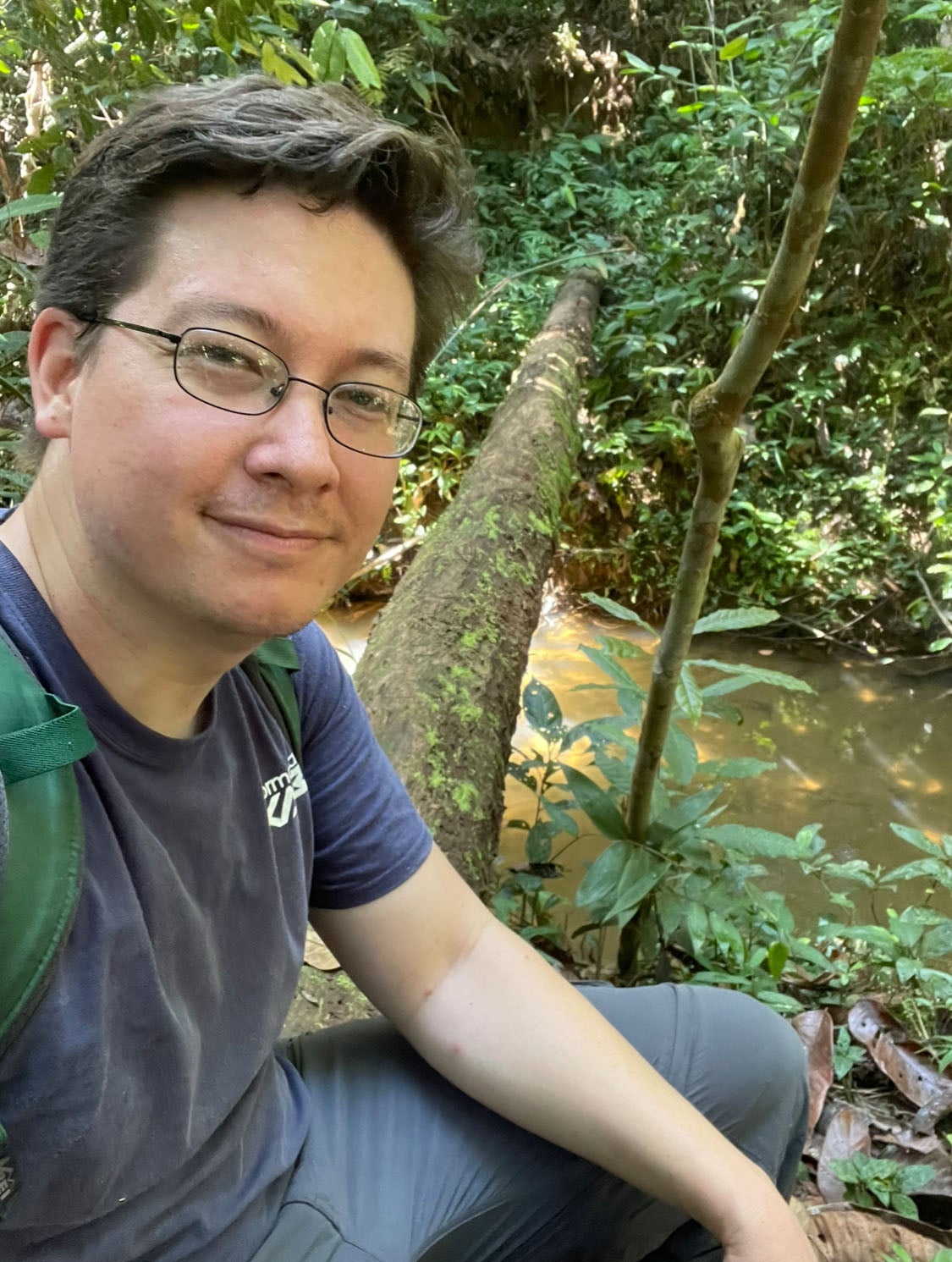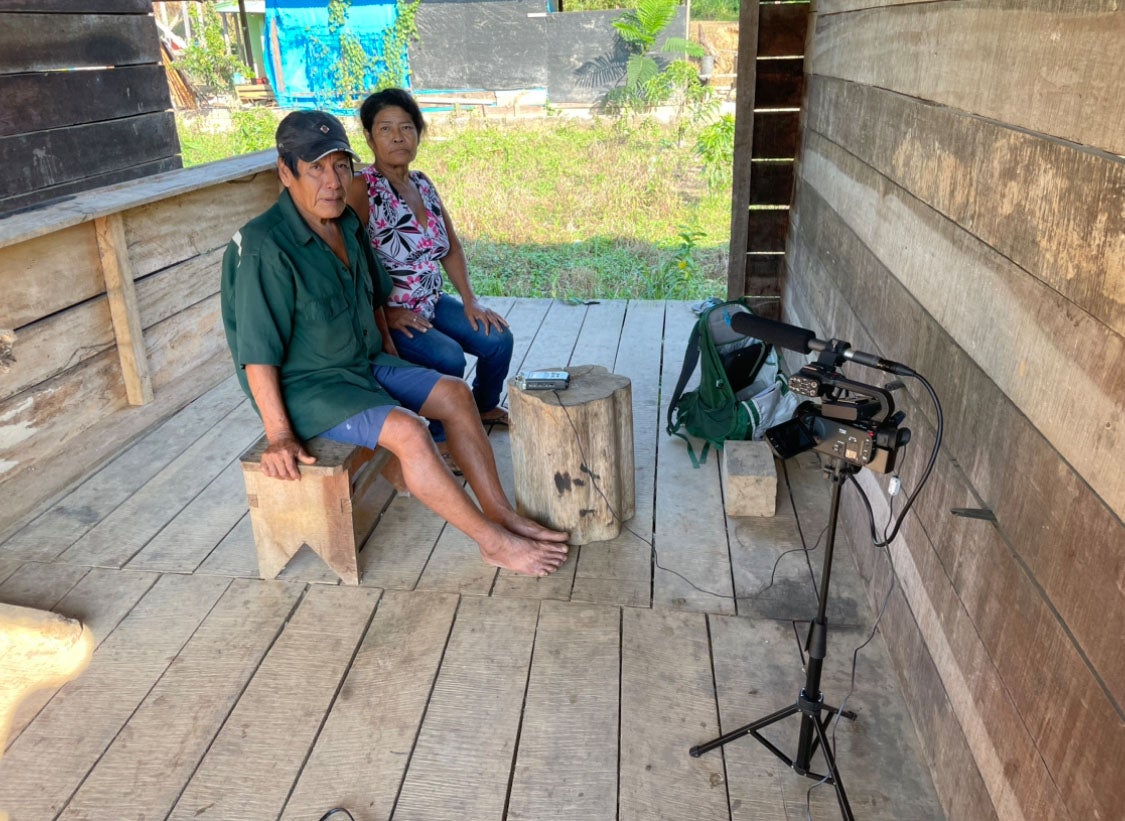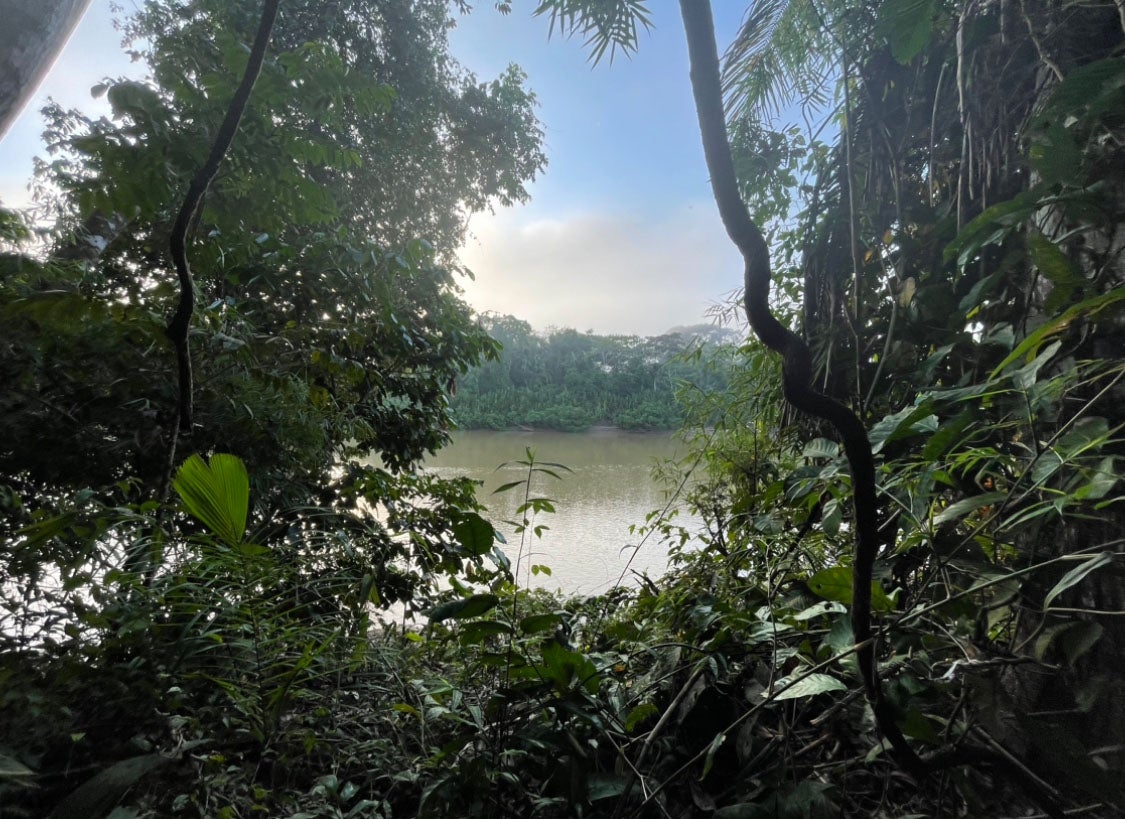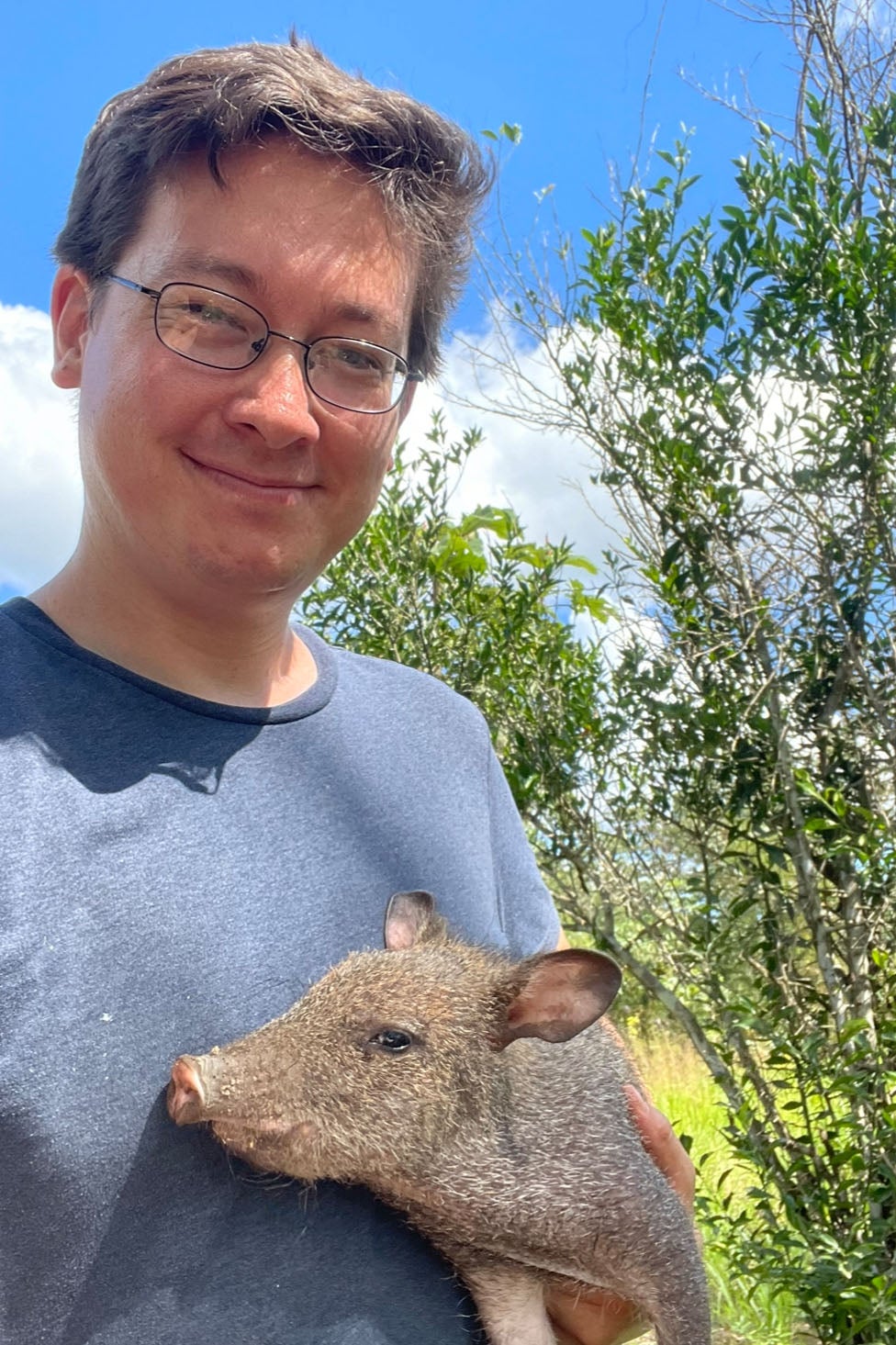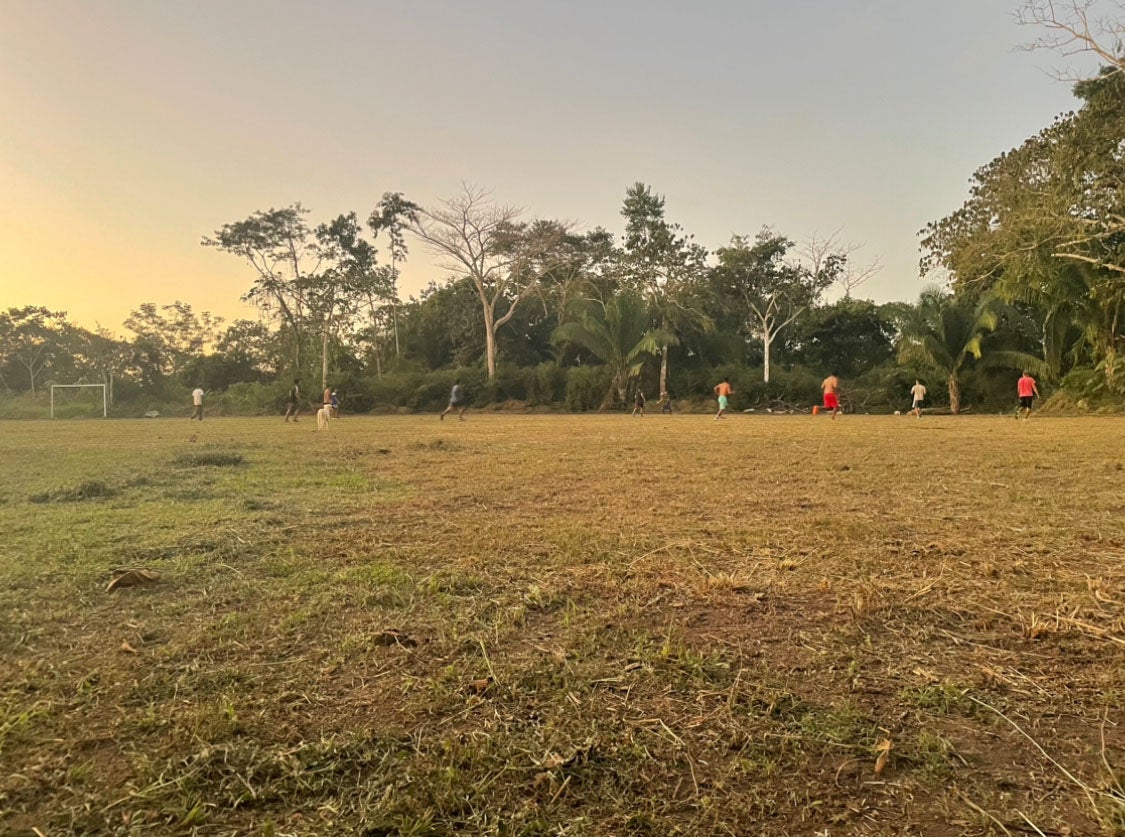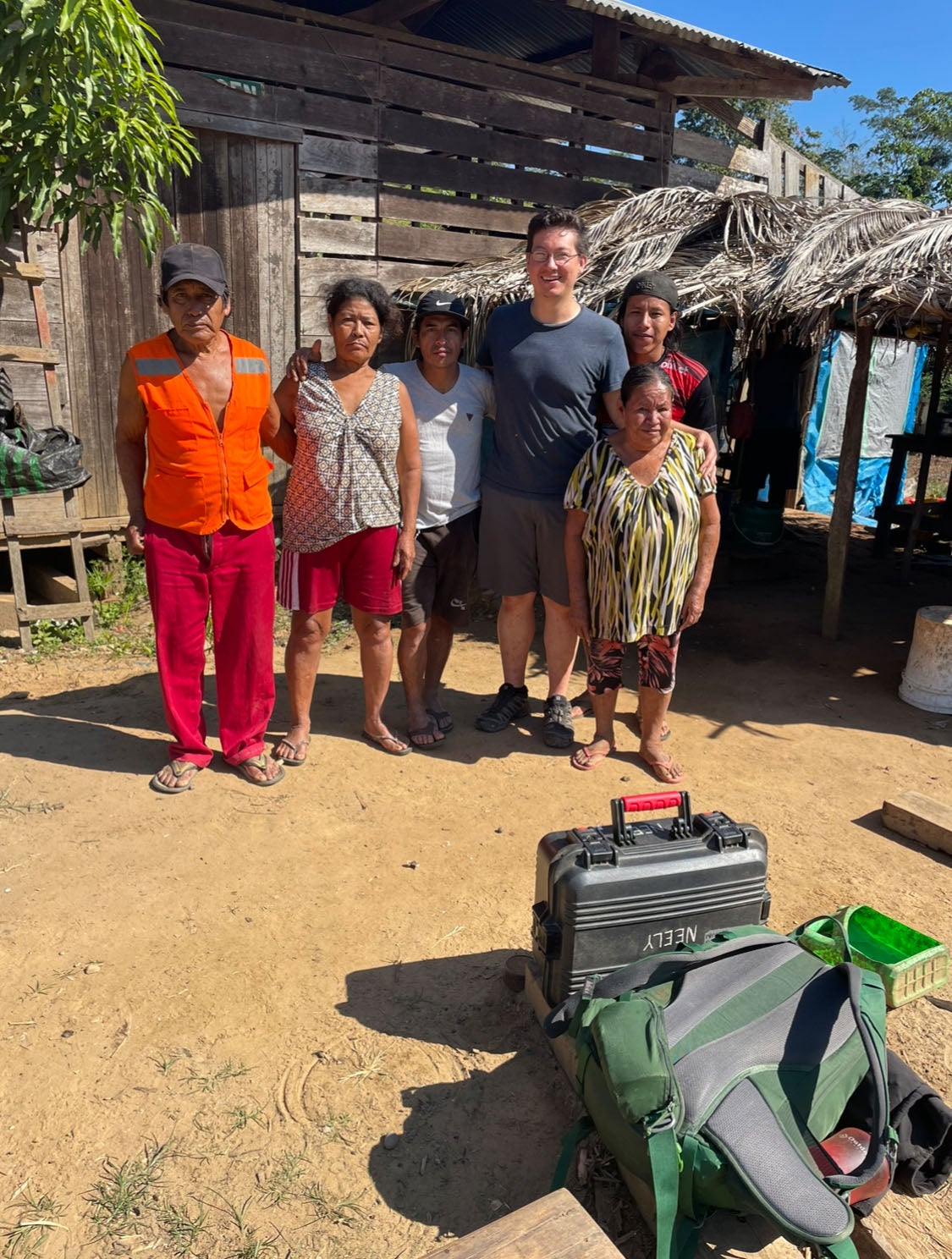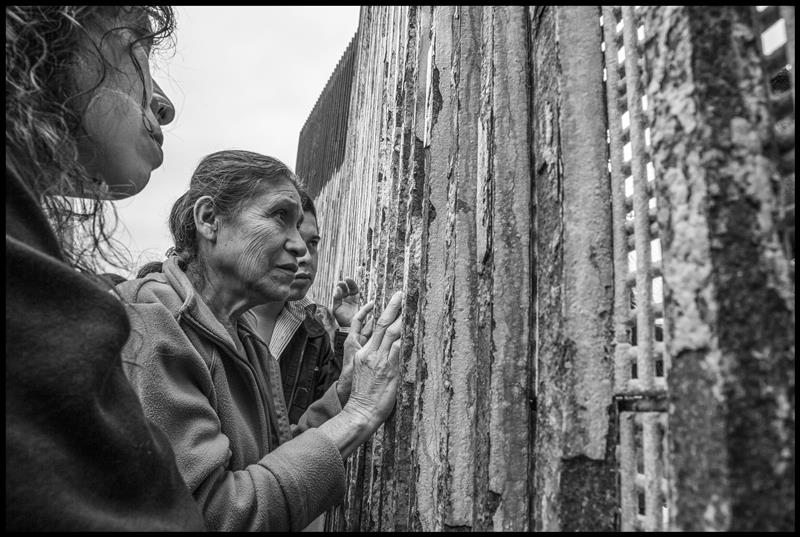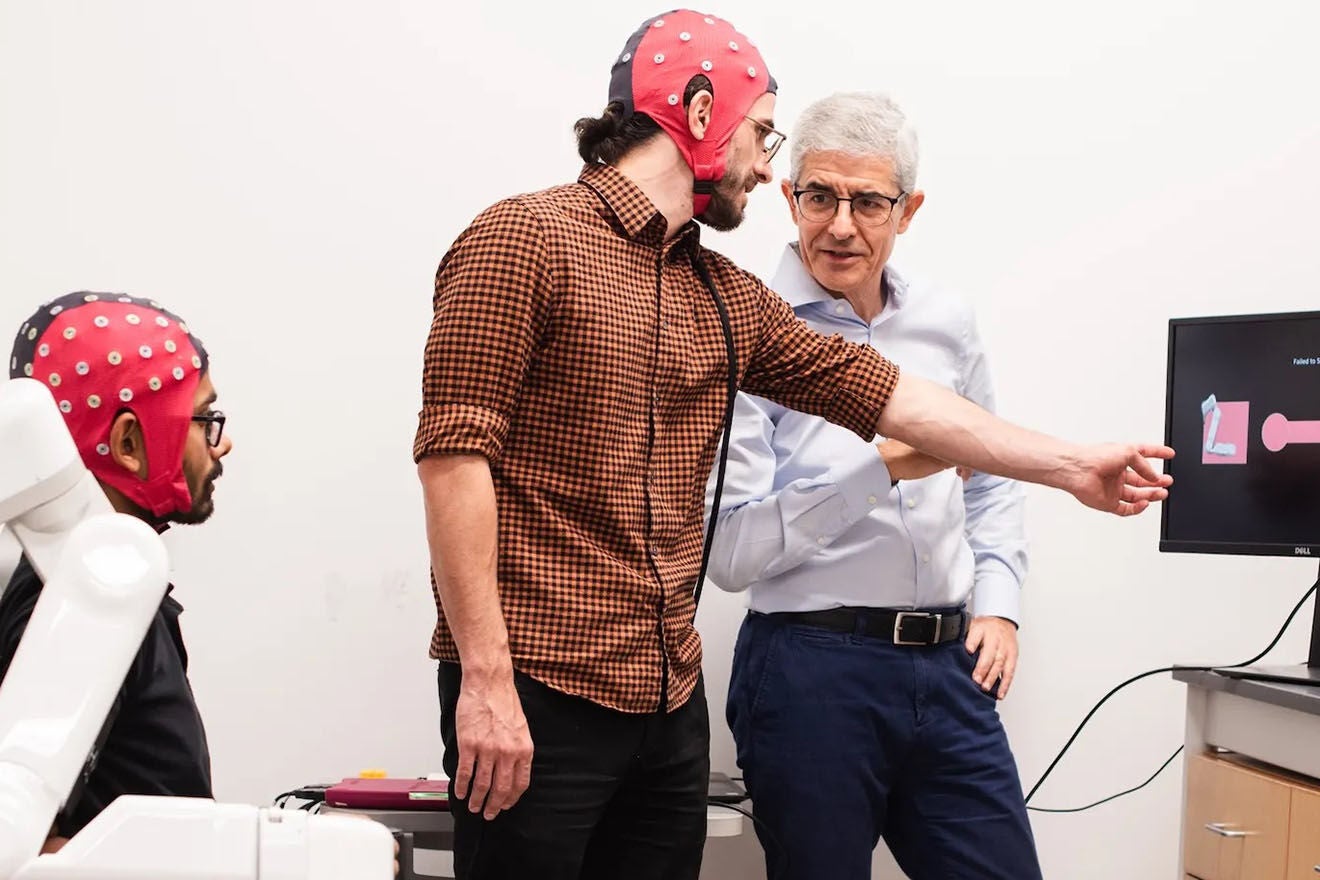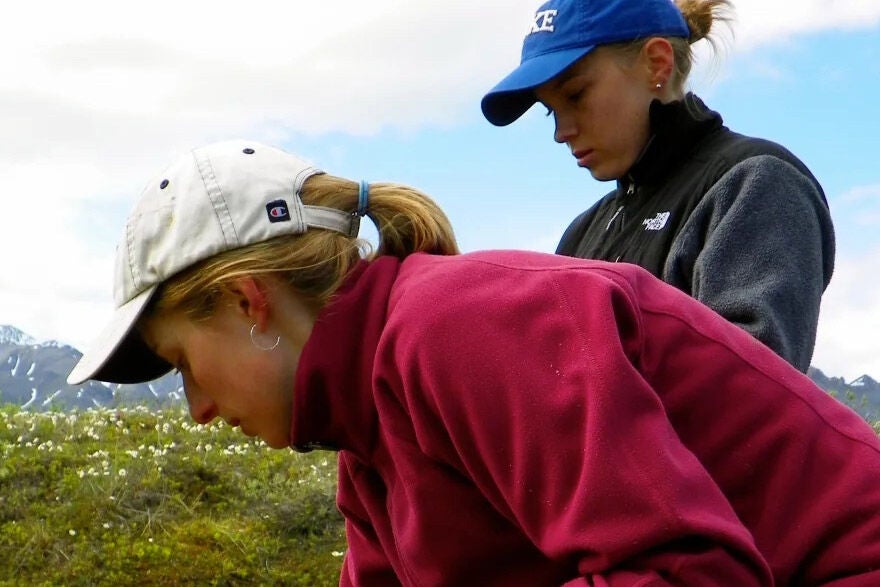Blanton Museum of Art
Blanton Museum Spotlights Latino Art
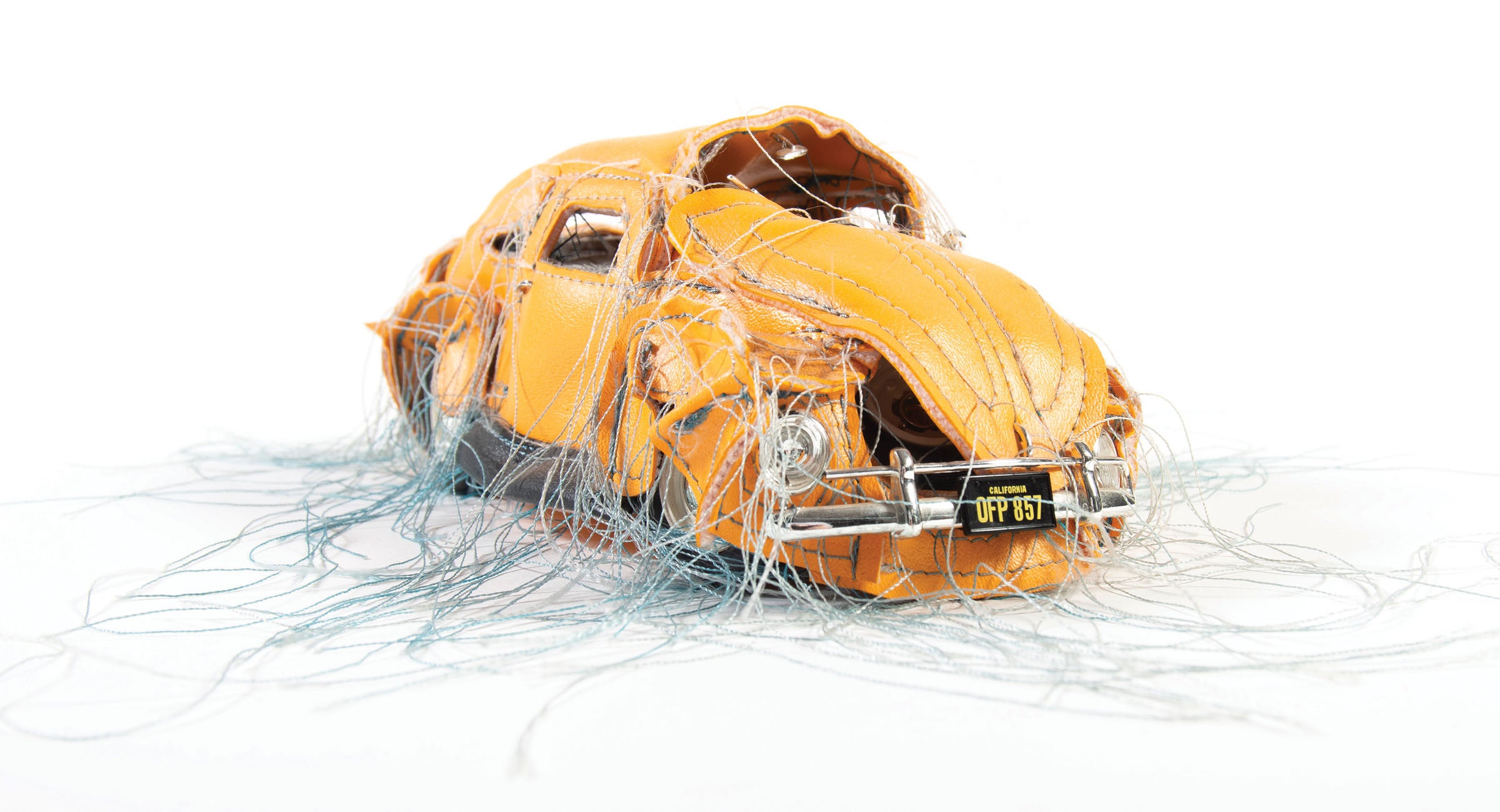
On the heels of a groundbreaking artwork acquisition, UT Austin’s Blanton Museum of Art welcomed Claudia Zapata as the museum’s first associate curator of Latino art.
During a 2023 initiative to highlight Latino art, the Blanton acquired more than 5,000 works from the Gilberto Cárdenas and Dolores García Collection, one of the largest private collections of Chicano and Latino art in the world.
The collection’s significance for the Blanton cannot be overstated, said Zapata. This effort was organized in part to celebrate Austin’s growing Latino community, which makes up nearly one-third of the city’s population, according to the U.S. Census Bureau.
Besides developing educational and exhibition programming, Zapata began training the next generation of historians of Chicano and Latino art. The initiative also supported the creation of the associate curator position, which is fundamental to research and presentation at the museum. Read More
“The Blanton is leading the charge for museums with their new permanent Latino art galleries, demanding space for this significant contribution to American art. We aim to make this institution the preeminent site for Latino art study and appreciation, serving local to international communities.”
— Claudia Zapata, Associate Curator of Latino Art, Blanton Museum of Art
Vuyani Dance Theatre performs ‘Cion: Requiem of Ravel’s Bolero.’ Photo by John Hogg
College of Fine Arts
South African Dance Company Explores Grief Onstage
Texas Performing Arts presented the Texas debut of South Africa’s Vuyani Dance Theatre in April 2023 at Bass Concert Hall. The critically acclaimed dancework “Cion: Requiem of Ravel’s Bolero” was created by Soweto-born Gregory Maqoma, the dance company’s executive and artistic director.
“I saw a production of ‘Cion: Requiem of Ravel’s Bolero’ before the pandemic and have wanted to bring it to Austin ever since,” said Texas Performing Arts Executive and Artistic Director Bob Bursey. “It is a spectacular and unforgettable work of art that incorporates dance, theater, opera, and vocal elements to transport the viewer to another world.”
After reading “Ways of Dying” and “Cion” by South African novelist and playwright Zakes Mda, Maqoma — himself an internationally renowned dancer and choreographer — created his own celebrated work on the topic. The novels’ character Toloki appears onstage, a professional mourner weaving his way through a cemetery, leading dancers and spectators alike through the catharsis of universal grief.
“When I created the work, so many innocent people were dying in my country,” said Maqoma. “ ‘Cion’ was born out of that: a lament, a requiem to remember those who continue to die.”
Instead of a full orchestra for the piece, four vocalists made use of isicathamiya, an a cappella singing style that originated in migrant South African Zulu communities. The dancers provided percussion and vocal additions.
French composer Maurice Ravel’s 1928 work “Bolero” was not originally created as a requiem — its title references the Spanish dance and musical form — but when Maqoma heard the repetitive melody and insistent swells, he envisioned a funeral procession.
“Everyone has experienced death in one way or another; there’s no one way of dealing with death,” said Maqoma. “My hope is that everyone can find some form of healing by experiencing their own grief while watching it.” Read More
“For as long as we continue to experience war... we need reminders to awaken the sense of humanity to prevail over everything.”
— Gregory Maqoma, Executive and Artistic Director, Vuyani Dance Theatre
Harry Ransom Center
Kahlo Self-Portrait Comes Home from Abroad

Frida Kahlo’s painting “Self-Portrait with Thorn Necklace and Hummingbird” returned home in March 2023 to the Harry Ransom Center. The Mexican artist’s revered artwork had been on loan for the previous five months at an art museum in South Africa.
UT Austin acquired the celebrated self-portrait in 1965 from the collection of photographer Nickolas Muray, Kahlo’s friend and lover who purchased the painting to help Kahlo during a difficult financial period.
“When it was offered [to UT Austin], the main selling point of the collection was not Frida Kahlo at all,” explained Ransom Center curator Tracy Bonfitto. “She was a little-known artist at the time.”
Exhibited previously in countless museums in the United States as well as other countries including Australia, Canada, France, Spain, and Italy, the self-portrait will hang in the Ransom Center’s lobby for the foreseeable future. Read More
College of Liberal Arts
Iñapari Unveiled: Documenting an Endangered Language
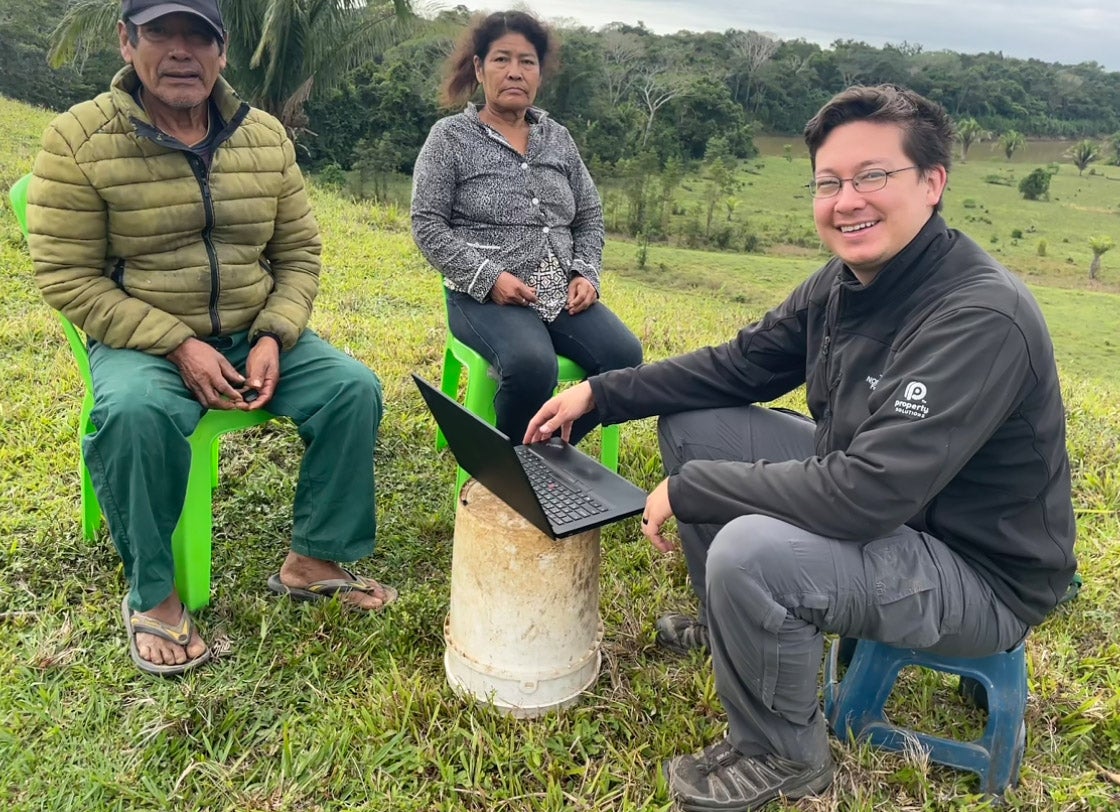
“Before I began working with the Iñapari speakers, there were only two academic papers, published in the '90s, describing pretty preliminary observations about the language. So every time I work with them, I am recording and documenting phenomena that have never been written down before.”
— Barrett Hamp, Ph.D. Candidate, Linguistics
Fourth-year Ph.D. student Barrett Hamp has conducted fieldwork since 2018 in Sabaluyoc, a village that sits on a bend in the Las Piedras River in the heart of the Peruvian jungle. Supported by the Department of Linguistics in the College of Liberal Arts, he is determined to preserve the unique and disappearing language of Iñapari.
Hamp visited the remote settlement on multiple occasions between 2018 and 2023, working to document and describe the endangered local language. His collaborators are two of only four individuals in the entire world who still speak the language. Outcomes of the work will support their pursuit of recognition as a distinctive Indigenous entity by the Peruvian government.
As few academic efforts have addressed the area and its people, Hamp’s research likely represents the last hope of preserving Iñapari’s linguistic nuances and cultural tapestry. Read More
Benson Latin American Collection
University of Texas Libraries
Benson Acquires Archives of Latin American Political, Poetic, Literary Voices
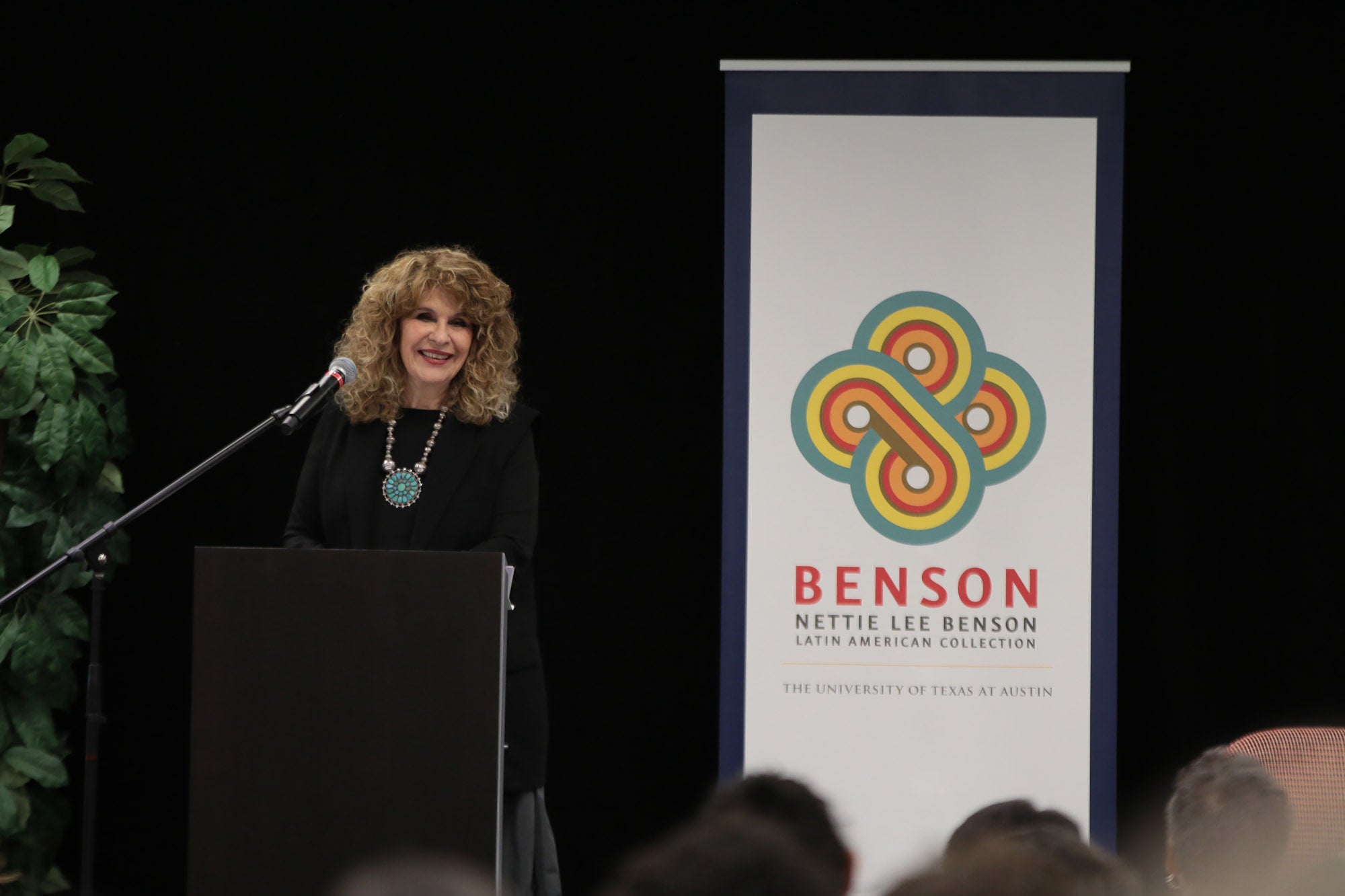
The Nettie Lee Benson Latin American Collection has expanded its holdings of archival materials and rare books related to Latin American cultural history. The addition of numerous archives belonging to renowned writers has significantly enhanced the collection, making it an invaluable resource for research.
The archives of Nicaraguan literary giant Gioconda Belli came to the Benson in 2023. Due to her vocal activism, Belli was among hundreds of Nicaraguan citizens stripped of citizenship and exiled from the country.
During a public lecture at the Benson in 2024, she spoke about the heartache of leaving her homeland, unsure when and if she would return, as well as details of seeking safe passage for her archives to Texas.
By opening access to Belli’s work interrogating the Nicaraguan political and cultural landscape, the Benson provided an opportunity to view her many novels, memoir, essays, and poetry collections alongside other works at risk in their countries of origin.
The Benson acquired the archives of two more giants of Latin American literature in 2024: groundbreaking Peruvian poet César Vallejo and Paraguayan giant of the “Latin American Boom,” Augusto Roa Bastos.
Vallejo’s work expresses universal themes through his painful experiences as a prison inmate, witness of the Spanish Civil War, and expatriate political activist. Works by Vallejo were included in the Benson’s 2024 exhibition, “Poems, Magazines & Manifestos: Exploring Literary Vanguardism in Early 20th-Century Latin America,” which delved into the artistic movement that produced some of Latin America’s most celebrated writers.
Augusto Roa Bastos is Paraguay’s most celebrated author, writing in a wide variety of genres, including poetry, short prose, essays, and screenplays. He spent more than four decades in exile to escape the dictatorships of Higinio Morínigo and Alfredo Stroessner. Nonetheless, he celebrated themes of bilingualism (Spanish and Guaraní) and collective memory in his life and creative work.
“All of us at the Benson are honored to steward and make available the papers of three giants of Latin American literature, whose works strengthen our 20th-century literary holdings and complement the Benson’s collections on exile, revolution, feminism, ‘vanguardismo,’ and so much more. We look forward to welcoming scholars from around the globe to consult these fantastic archives.”
— Melissa Guy, Director, Nettie Lee Benson Latin American Collection
Moody College of Communication
Photo Gallery Features Scenes from the Border

Moody College unveiled its new Photojournalism Gallery in 2023 with an exhibition featuring David Bacon, renowned photo documentarian of labor and immigration issues on both sides of the U.S.-Mexico border.
In the exhibition “More than a Wall,” stirring photos portrayed social movements in factories and fields. Working with the Binational Front of Indigenous Organizations and Coalition for Justice in the Maquiladoras, Bacon captured stark images of deportees and Indigenous groups forming unions to demand better pay.
“These are incredibly impactful photos that allow you to feel the feelings of the people and get a sense of the place, fostering a sense of empathy, which is journalism at its best,” said Journalism Associate Professor Donna DeCesare.
The exhibition, displayed at the new gallery in the G.B. Dealey Center for New Media, illustrated the school’s commitment to a distinguished photojournalism program, with work spanning generations and borders to make a global impact. Read More
